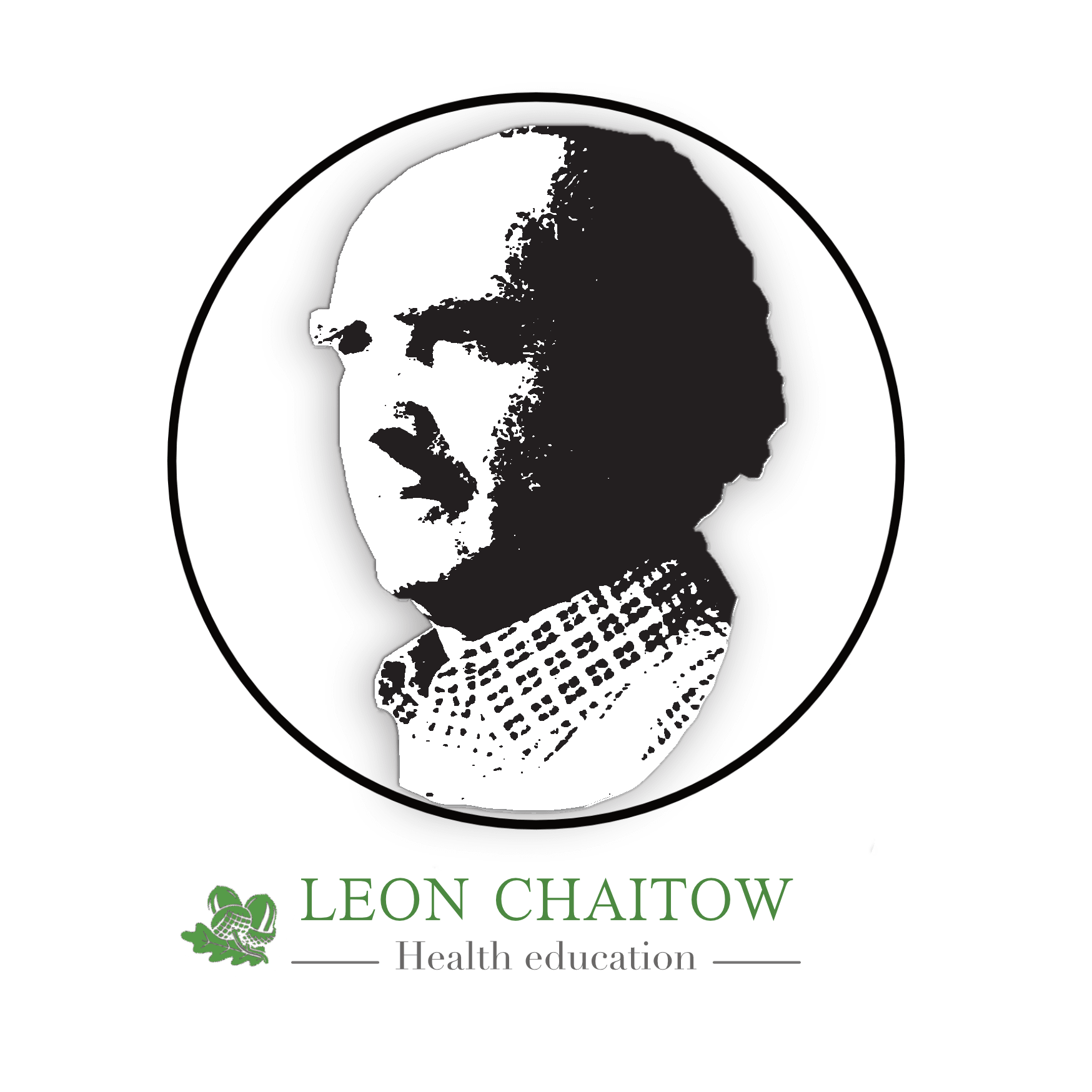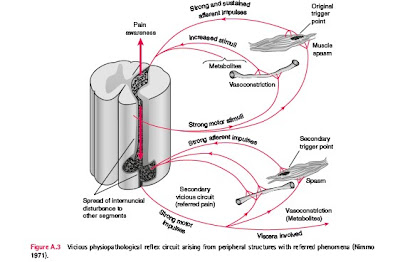Around 30 years ago a slim book I had written, entitled Neuromuscular Technique, was published by Thorsons, a small publishing house in Wellingborough, Northants. A few years later that book morphed into a larger title Soft Tissue Manipulation (STM) which somehow found its way into the hands of an American publisher Healing Arts Press, Rochester, Vermont, who still publish it.
Thorsons was subsumed into HarperCollins….and a few years later I parted ways with them to become an author for ChurchillLivingstone (Elsevier).
The first project for Churchill involved taking the core elements of STM – Muscle Energy Techniques, Positional Release Techniques, and Neuromuscular Techniques, in order to create updated books about each of these modalities…….and with the 3rd edition of “Modern” Neuromuscular Techniques (ISBN-9780443069376), due out in September, the trio is once more complete and up to date.
In this new edition
- Judith DeLany has expanded her section on the American version of NMT (my contribution involves the European version). Judith explains something of the origins of American NMT: The first American protocols of NMT developed in the late 1970s and early 1980s were based largely on the methods devised and taught by the late Raymond Nimmo. Nimmo’s research into the pathological influences and relevance, as well as the therapeutic implications of treating ‘noxious pain points’ mirrors closely that of his contemporary, Janet Travell, in relation to her research into myofascial trigger points. Nimmo’s protocols were subsequently modified and expanded by Paul St John, who studied with Nimmo, and then by St John and Judith (Walker) DeLany, who worked together in the 1980s. Both St John and DeLany have continued expanding their separate NMT programmes over the last decade.
..…….. Judi continues by detailing the methods of American NMT.
- Leading US osteopathic physician Dennis Dowling DO has modified his chapter on Progressive Inhibition of Neuromuscular Structures (PINS), an excellent pain-control approach that he has developed over a number of years. He explains: Progressive inhibition of neuromusculoskeletal structures (PINS) is a manipulative medicine
technique that, when properly utilized, can be included in the treatment regimen of patients with neuromusculoskeletal dysfunction. Knowledge of anatomy and neuromuscular physiology, as well as reliance on standard forms of palpatory diagnosis and treatment, are necessary.
As a variant of a technique known as ‘inhibition’, PINS bears some resemblance to other manual medicine techniques. The practitioner must determine any alteration of the related soft tissues due to dysfunction. Then he or she must gauge the direction and amount of treatment based on palpatory evaluation and patient feedback.
Initially, two related sensitive points are located.
One is most commonly in the immediate region of the patient’s symptoms, and the other is sometimes at the other end of a structure, such as a muscle, nerve, fascial link or ligament that is anatomically related. The practitioner exerts a mild amount of pressure progressively from one to the other
..…….. Dr Dowling then explains in detail the application of PINS
- Howard Evans, a gifted therapist, who I first met when I was teaching the Masters program (Therapeutic Bodywork) at Westminster University, has contributed a chapter in which Thai massage methods and NMT are merged. Howard explains: When I studied NMT in 1995 with Leon Chaitow, …. I was intrigued by the way in which aspects of neuromuscular technique resonated with Thai massage, a system I had already been practising for three years. Around the same period I also discovered the work of Ida Rolf and experienced its practical application in the form of ten sessions of ‘Rolfing’. These two influences began to inform my understanding of Thai massage which, back in the nineties, was taught as a practical work with very little theory
..…….. Howard then continues to further explain the historical connections, and practical similarities, between these different modalities.
An appendix has been added to this 3rd edition, in which the remarkable work of Raymond Nimmo DC is described by a group of chiropractic practitioners who knew him early in their careers. Nimmo was a contemporary of pioneer myofascial pain researchers David Simons and Janet Travell, who developed his own approach to therapeutic intervention (Receptor Tonus Technique) which has similarities with NMT.
I was fortunate to have met Nimmo in the 1960’s on one of his UK visits, and learned much from him – but not enough to feel comfortable describing his methods. For this the 3rd edition can thank Jeffrey Cohen DC, Russell W. Gibbons DC, Michael Schneider DC and Howard Vernon DC. The Nimmo material in the appendix of this 3rd edition of MNMT can be summarized as follows:
1. A short extract from a book from 2001 on Nimmo’s work, compiled by two of his
chiropractic colleagues and collaborators, Drs Michael Schneider DC and Jeffrey Cohen DC that
sets out in summary form his ideas on technique.
2. An article by Jeffrey Cohen DC and Russell W. Gibbons DC (1998) that expands on these
introductory notes and offers information on Nimmo’s history.
3. An article by Howard Vernon DC and Michael Schneider DC (2009) that provides a context in
chiropractic for treatment of myofascial pain,including reference to Nimmo.
These articles and extracts are published within the context of this text on Modern Neuromuscular Techniques, in order to increase awareness of the multiple strands that have contributed to current knowledge.
In my opinion Nimmo’s brilliance lay not so much in the detail of the manual treatment he promoted, but in his explanations and understanding of what we now call myofascial pain, but which was undefined when he first began his clinical research.
The application of the Receptor-Tonus Method consists of the following:
- The detection and elimination of noxious points (which we now call trigger ppints) which generate nerve impulses. Such impulses coming from sources other than proper centres
- are physiologically unlawful. These points produce vasoconstriction of blood vessels, with consequent ischaemia, hypoxia and pain.
- The elimination of hyper- or hypotonia of muscles. Nimmo stated that “aberration of the tonus system is the cause of skeletal misalignment and curvature.”
- The normalizing of ligaments and tendons, which, when under tension from muscle or joint pull, can become foci of irritation.
Nimmo suggested that manual pressure should be held for about three to eight seconds. Five seconds is probably best, and that nothing is gained by holding a longer contact. Anyone who knows my work will recognise that this is the model I have taught – usually giving credit to Nimmo for his insights.
Part of the reason for this particular blog posting is to caution prospective purchasers of Modern Neuromuscular Techniques, to hold off, and not buy the 2nd edition – but to wait for the 3rd edition!


